Dear Stephen,
I have been working my way up through the Buhner core lyme protocol during the past few months. I have extreme chemical sensitivity (from toxic molds) and cannot tolerate the Source Naturals resveratrol because of the binders and fillers. Instead I am using the Pure Encapsulations version, but don’t know how the dosage compares, since it says “standardized to contain 20% transresveratrol — 40mg/capsule”. The company told me that what I need is the “trans” version… is that correct? If so, is the amount of trans-resveratrol to be taken the same as the amount of resveratrol you recommend?
Also, the wholistic pharmacy told me that Resveratrol is contraindicated when antifungals (I’m on sporanox and nystatin) are being used, per the Natural Medicines Comprehensive Database. That volume also mentions problems with resveratrol being a phytoestrogen and not recommended in cases of hormone-based cancers (such as ovarian).
Stephen’s response:
What you really need to be taking is Japanese knotweed root. That root contains resveratrol, trans-resveratrol and other wonderful constituents, all of which are useful for lyme. And, no, it is not correct that you need the trans version. Further, the estrogenic actions of resveratrol occur primarily in isolation rather than in whole root form which contains a lot of things besides resveratrol. And no, knotweed root is not contraindicated with antifungals. The Source Naturals form of the caplet that I recommend is recommended because it is essential whole root knotweed that is standardized to contain a certain percentage of resveratrol. What I would recommend is that you get the whole root in encapsulated form. You can get it from Tim Scott at
tim@greendragonbotanicals.com in Bratteleboro, VT.
Stephen
-
Stephen Harrod Buhner was an Earth poet and an award-winning author of twenty-four books on nature, indigenous cultures, the environment, and herbal medicine including the acclaimed book Healing Lyme: Natural Healing & Prevention of Lyme Borreliosis & Its Co-infections.
Stephen came from a long line of healers including Leroy Burney, Surgeon General of the United States under Eisenhower and Kennedy, and Elizabeth Lusterheide, a midwife and herbalist who worked in rural Indiana in the early nineteenth century. The greatest influence on his work, however, was his great-grandfather C.G. Harrod who primarily used botanical medicines, also in rural Indiana, when he began his work as a physician in 1911.
Stephen’s work has appeared or been profiled in publications throughout North America and Europe including Common Boundary, Apotheosis, Shaman’s Drum, The New York Times, CNN, and Good Morning America. Stephen lectured yearly throughout the United States on herbal medicine, the sacredness of plants, the intelligence of Nature, and the states of mind necessary for successful habitation of Earth.
He was a tireless advocate for the reincorporation of the exploratory artist, independent scholar, amateur naturalist, and citizen scientist in American society – especially as a counterweight to the influence of corporate science and technology.
View all posts

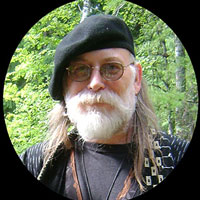
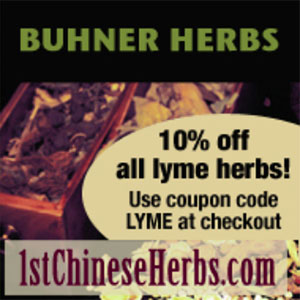


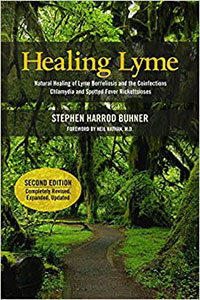
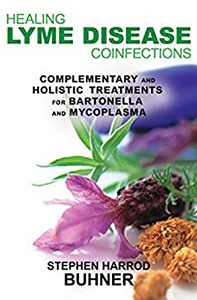
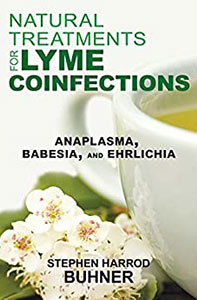
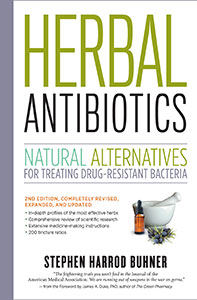
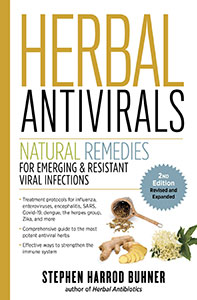



0 Comments